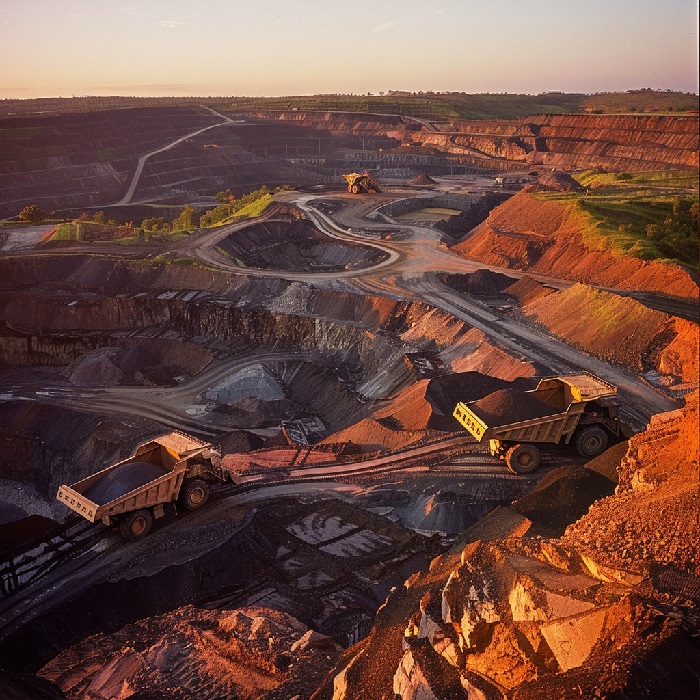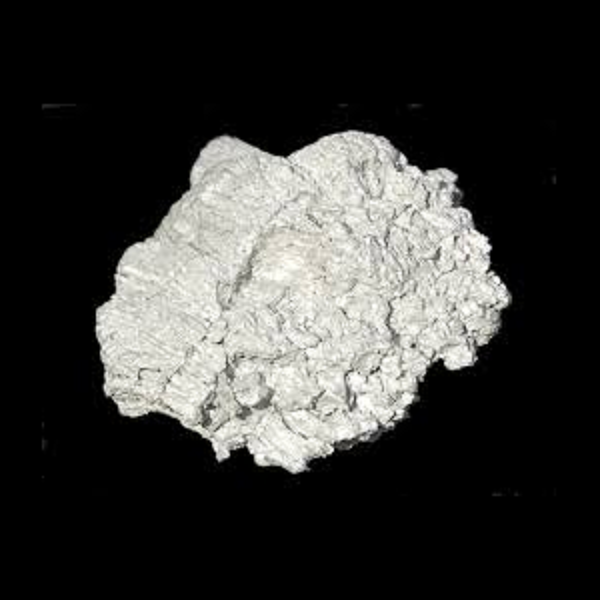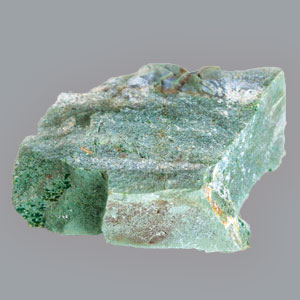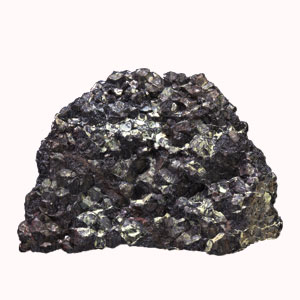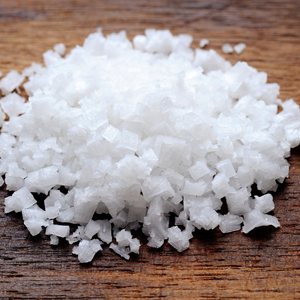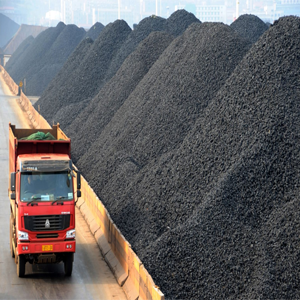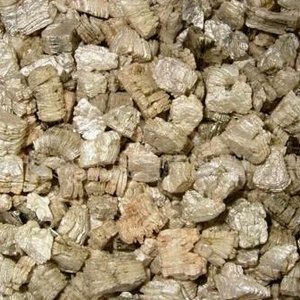Nickel Mining
NICKEL :
Nickel is recovered through extractive metallurgy. The majority of sulfide ores have traditionally been processed using pyrometallurgical techniques to produce a matte for further refining. Recent advances in hydrometallurgy have resulted in modern nickel processing methods being developed using these processes. Conventionally, most sulfide deposits have been processed by concentration through a foam flotation procedure followed by pyrometallurgical extraction. Recent advancements in hydrometallurgical processing of sulfides have led to the development of some modern projects based on this knowledge.
Nickel is extracted from its ores through conventional roasting and reduction processes, yielding a metal with over 75% purity. The final purification of nickel oxides is achieved through the Mond process, which enhances the nickel concentrate to over 99.99% purity.
This method, pioneered by L. Mond and employed in South Wales in the 20th century, involves the reaction of nickel with carbon monoxide at around 50°C to form volatile nickel carbonyl. Any impurities remain solid. The nickel carbonyl gas is then introduced into a large chamber at high temperatures, where tens of thousands of nickel spheres are suspended in uniform motion. The nickel carbonyl decomposes, depositing pure nickel onto the nickel spheres, known as pellets. Alternatively, the nickel carbonyl may be heated in a smaller chamber at 230 degrees Celsius to produce fine powders. The carbon monoxide is recycled throughout the process. The highly pure nickel produced by this method is referred to as carbonyl nickel.
Another common purification method involves the refining of the metal matte followed by the electro-winning of nickel from solution by plating it onto a cathode. In many stainless steel applications, nickel can be utilized directly in the form of 75% purity, depending on the presence of any impurities.
Nickel sulfide ores undergo flotation and then are smelted. Smelting a nickel sulfide flotation concentrate requires a MgO level of 6%, otherwise, the temperature at which the smelting occurs will be too high, leading to increased operating costs. After producing the nickel matte, additional processing is carried out using the Sherritt-Gowden process. Initially, copper is removed by adding hydrogen sulfide, leaving a mixture of only cobalt and nickel. Solvent extraction then efficiently separates the cobalt and nickel, with the final nickel concentration reaching 99%.
NICKEL ORES :
Nickel is primarily found in two categories of ores: sulfides and laterites. The sulfides contain nickel, along with copper and iron. The most important nickel-containing minerals in sulfide ores are pentlandite-(Ni, Fe)9S8and pyrrhotite, ranging from FeS to Fe7S8. These ores also contain small amounts of copper-containing minerals like chalcopyrite and cubanite, along with several other minerals such as cobalt, selenium, tellurium, and sulfur.
Laterites are the result of the long weathering of peridotite, containing small amounts of nickel. These deposits are found near the surface and are easily mined due to weathering. Garnierite-(NiMg)6Si4O10(OH)8is a nickel-magnesium silicate rich in nickel. Nickeliferous limonite (Fe, Ni)O(OH).nH2O is the primary ore constituting a significant portion of the laterites. The New Caledonian deposits are rich in garnierites and numerous other laterites, providing the fourth-largest supply of nickel globally.
MINING AND PROCESSING :
The mining methods vary depending on the type of ore being mined. Since nickel is found in two types of ores, each of them is mined differently. Sulfide ores are typically mined using underground mining methods, although open-pit mining can also be utilized in the initial stages. On the other hand, laterite ores are mined using earth-moving operation techniques. This involves the use of large shovels and draglines to extract the nickel-rich layers and dispose of the waste materials. The next stage involves loading the mined ores into trucks and hauling them to the smelter.
EXTRACTION AND REFINING:
The extraction process of nickel follows a series of steps similar to those used in copper extraction. The specific processes employed depend on whether the ore is a sulfide or a laterite, and involve the use of high-temperature refractories and smelting furnaces.
From sulfide ores
The extraction process from sulfide ores involves several steps, including froth flotation, smelting, and electrolysis. Initially, the sulfide ores are crushed and ground to release nickel-containing minerals from the waste material. This is achieved through a flotation process, where the ore is mixed with specific reagents and agitated by mechanical devices to produce air bubbles. These bubbles rise above the mixture, collecting as a concentrate as the sulfide particles adhere to their surfaces, while impurities are discarded. The resulting concentrate typically contains 6-12 percent nickel content. Magnetic separators may also be utilized in flotation, as some nickel-containing sulfides are magnetic.
The nickel concentrate obtained is then leached with either sulfuric acid or ammonia, dried, and smelted similarly to copper. Higher smelting temperatures are necessary for nickel, resulting in the formation of an artificial nickel-iron sulfide called matte, comprising 25 to 45 percent nickel. Iron in the matte is oxidized, combining with silica flux to form slag. The slag is removed, leaving the matte with a nickel content of 70-75 percent. Direct conversion of nickel sulfide to metallic nickel requires extremely high temperatures, and the high sulfur-to-nickel ratio in most concentrates increases the sulfur load in the smelter.
The nickel matte undergoes various treatment processes. One such process is ammonia pressure leaching, which extracts nickel through hydrogen reduction, while separating sulfur as ammonium sulfate for use as fertilizer. Another process involves roasting the matte to produce high-quality nickel oxides, subjecting them to pressure leaching, and refining the resulting solution through electrolysis and carbonyl refining.
In electrolytic refining, nickel is deposited onto pure nickel cathodes from sulfate or chloride solutions in electrolytic cells. In carbonyl refining, carbon monoxide is passed through the matte to produce nickel and iron carbonyls [Ni(CO)4 and Fe(CO)5]. Following purification, the volatile and toxic nickel carbonyl vapor settles on pure nickel pellets to yield nickel shots, while other metals like copper and sulfur remain in the residue and are treated separately.
From laterite ores:
Laterite ores differ from sulfide ores, requiring fewer operations due to the limited range of process options dictated by their nature. As oxides, laterites are not amenable to traditional concentration methods. Instead, they contain significant amounts of water as moisture and are chemically bound in the form of hydroxides.Consequently, the major operations involved in extracting nickel from laterites include drying the moisture and removing the chemically bound water. These operations necessitate the use of large rotary kiln furnaces.
The subsequent phase involves reducing the oxides to metallic nickel. Electric furnaces are utilized for such processes, requiring temperatures ranging from 1,360 to 1,610°C. The need for such high smelting temperatures is due to the high magnesia content present in laterite ores, along with the liquidus temperature of other constituents in the furnace. This necessitates the implementation of an extensive system of cooling blocks within the refractory lining of the furnace.
At times, sulfur is added in sufficient amounts to produce furnace matte, allowing processing to continue similarly to sulfide ores. Most laterite smelters produce unrefined ferronickel, which is subsequently purified by removing impurities such as silicon, carbon, and phosphorus before being marketed as an alloying agent in steel manufacturing.
TOP NICKEL PRODUCING COUNTRIES :
ANNUAL NICKEL USAGE :
NICKEL PRODUCTION IN THE WORLD :
Related Mining




